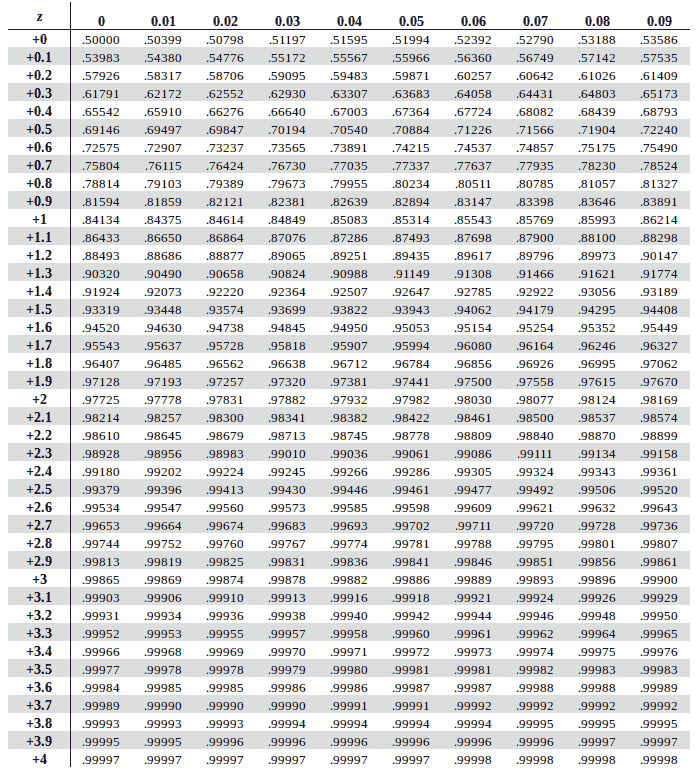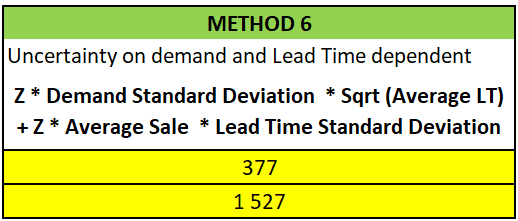

(a) In big firms using numerous materials, dividing them into ABC categories may be cumbersome and difficult process. Storage cost is kept at minimum amount as high value materials representing minimum quantity are kept in stores. Optimum investment in materials as minimum required quantity of ‘A’ items with high value are purchased.ģ. This results in reduction in value of material losses.Ģ. Effective control is applied on the high value items rather than concentrating on ail items.

Therefore, they are to be managed through less stringent controls.ġ. ‘B’ and ‘C’ items are of major portion of total quantity of raw materials but having minimum capital investment. They have to be controlled to the fullest possible extent by all methods of inventory control from the time of purchase till they are consumed in production. The general classification of items under ABC categories are as given below:įrom the above classification, it is clear that ‘A’ items are of minimum quantity and of maximum value out of total quantity and value of materials. Category ‘B’ includes more items of medium value and category ‘C’ includes all other materials of small value. ‘A’ category consists of a few items of high value. The materials are classified under ‘A’, ‘B’ or ‘C’ designation on the basis of their value and importance. Thus, high value items are paid more attention than low value items. It is also called proportional parts value analysis. In this Always Better Control (ABC) technique of inventory control, the materials are classified and controlled according to value of the materials involved. It is ‘Management by exception’ system of Inventory control. Stock Control According to Value-ABC Analysis:

This formula is applicable only when consumption of material is not given in units. In such cases, the formula for EOQ is slightly altered. Sometimes, consumption of material may not be given in units but only in value. When the purchase price remains constant, the economic ordering quantity will be determined based on the following formula: With the equalisation of ordering and carrying costs, the economic ordering quantity will be ascertained where the total cost of inventory will be minimum. As number of units per order is increased, ordering costs are reduced (i.e., placement of less number of purchase orders) but at the same time carrying costs are increased as quantity of material kept in the stores increases. The ordering costs include cost of processing, receiving, inspection and general administration overhead cost of purchase department. These costs are incurred each time the materials are purchased. (B) Ordering costs are incurred for acquiring material into stores. (A) Carrying costs are incurred on maintenance of materials in stores and include cost of material handling, interest on capital, obsolescence, pilferage, rent, insurance and other storage costs. Economic ordering quantity is the reorder quantity, which is the quantity to be purchased each time an order is placed.Įconomic ordering quantity aims at minimising both carrying cost and cost of ordering. Economic ordering quantity depends on many factors like cost of purchasing and receiving, normal consumption, interest on capital, availability of storage accommodation, ordering and carrying costs. Firms should minimise these costs to control and reduce material cost of production. In these days of inflationary trend, the buying costs, carrying cost and ordering costs are very high. This is an important item of inventory control to be decided. A simple model is adopted here to arrive at the levels of stock and average level. Various methods are used for calculating the levels of stock. Reorder level depends on economic ordering quantity, lead time and rate of consumption of material. Once the stock level teaches reorder level, the store keeper initiates purchase requisition to obtain fresh stocks. It is between maximum and minimum stock levels. Issues are controlled by stopping normal issues and issuing only on special instructions. When stocks reach this level action for immediate purchase is necessary. This is the stock level below the minimum level. Risk of obsolescence, evaporation and natural waste.


 0 kommentar(er)
0 kommentar(er)
